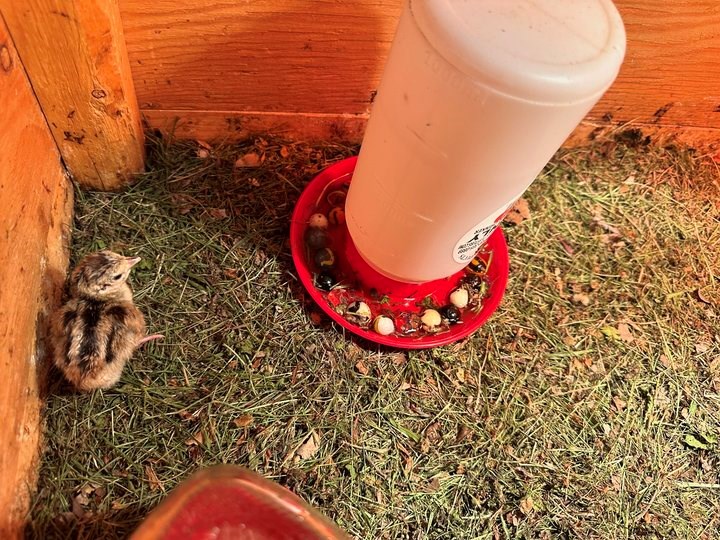MOOSE JAW — The Moose Jaw Wildlife Federation has been running the Pheasants in the Schools program for nearly three decades, as 600 eggs incubated by local students have now hatched with 261 chicks awaiting their release later this fall.
“They’re done hatching and are out at the farm growing as we speak,” announced Todd Smith, president of the Moose Jaw Wildlife Federation.
The program involves 10 local schools, daycares, and community associations with the goal of teaching students from Pre-K to Grade 12 about habitats and wildlife conservation.
The number of participants usually remains stable, but 11 classrooms entered this year compared to 14 in 2023. This decrease is due to concerns over the dispute between the provincial government and the Saskatchewan Teacher’s Federation and numbers are expected to bounce back in 2025.
Each group received 30 eggs this year, but Smith – who is also a teacher at École Ducharme – took on an impressive number which doubled the total from previous years.
“I ran around 300 (eggs) in my science lab this year in our big incubator,” he said.
The program offers an educational component in addition to 小蓝视频 an important conservation project and introduces students to ecology.
“We have a schedule where different students on different days are responsible for going in and turning the eggs,” Smith said. “We have to turn them three to four times a day.”
The job entails monitoring humidity levels, charting data, and Smith said it doubles up as a great way to teach students how to apply their math lessons.
The program teaches various aspects ecology including the human impact, an introduction of exotic versus native species, and the structure of food webs.
“It’s a hands-on learning process for the kids,” Smith explained. “They take ownership of it… And they get to contribute directly to putting wildlife back on the land.”
Students also learn how the birds are tracked through the federation’s banding program.
“Whether we get the band number or not depends… on the qualify of the photo or if the (observer) is able to get it for us,” he said. “But yeah, we do see (these birds) year over year (here in Moose Jaw).”
Smith said Moose Jaw provides a good habitat as there’s plenty of accessible water, the birds have food throughout the year, and they face far fewer predators than they would in the countryside. Some, he noted, have been spotted at around two or three years of age.
After a brief stay in the incubator once hatching began on June 1, the birds remained there for only 24 hours and were then relocated to their loving new home under the care of Pat Toombs and Julie Davison around June 3.
Once they’re old enough to survive on their own, the pheasants will be released at two locations within city limits.
One site is at Fourth Avenue 小蓝视频west, where Smith said the birds have plenty of room to disperse.
“They have lots of cover (at this location),” he said, “(and) they also have access to lots of food there as well.”
The second location is Hamilton Flats. This location, Smith said, is also the site of the federation’s habitat rehab project that’s ongoing now for around nine years.
“(We’ve been) replanting native shrubs and increasing their recovery,” he explained. “It’s pretty prime habitat (for these birds).”
The pheasants are expected to be released sometime around late August or early September.
For more information about the Moose Jaw Wildlife Federation and its conservation efforts, visit ‘’ on Facebook or its website at .




